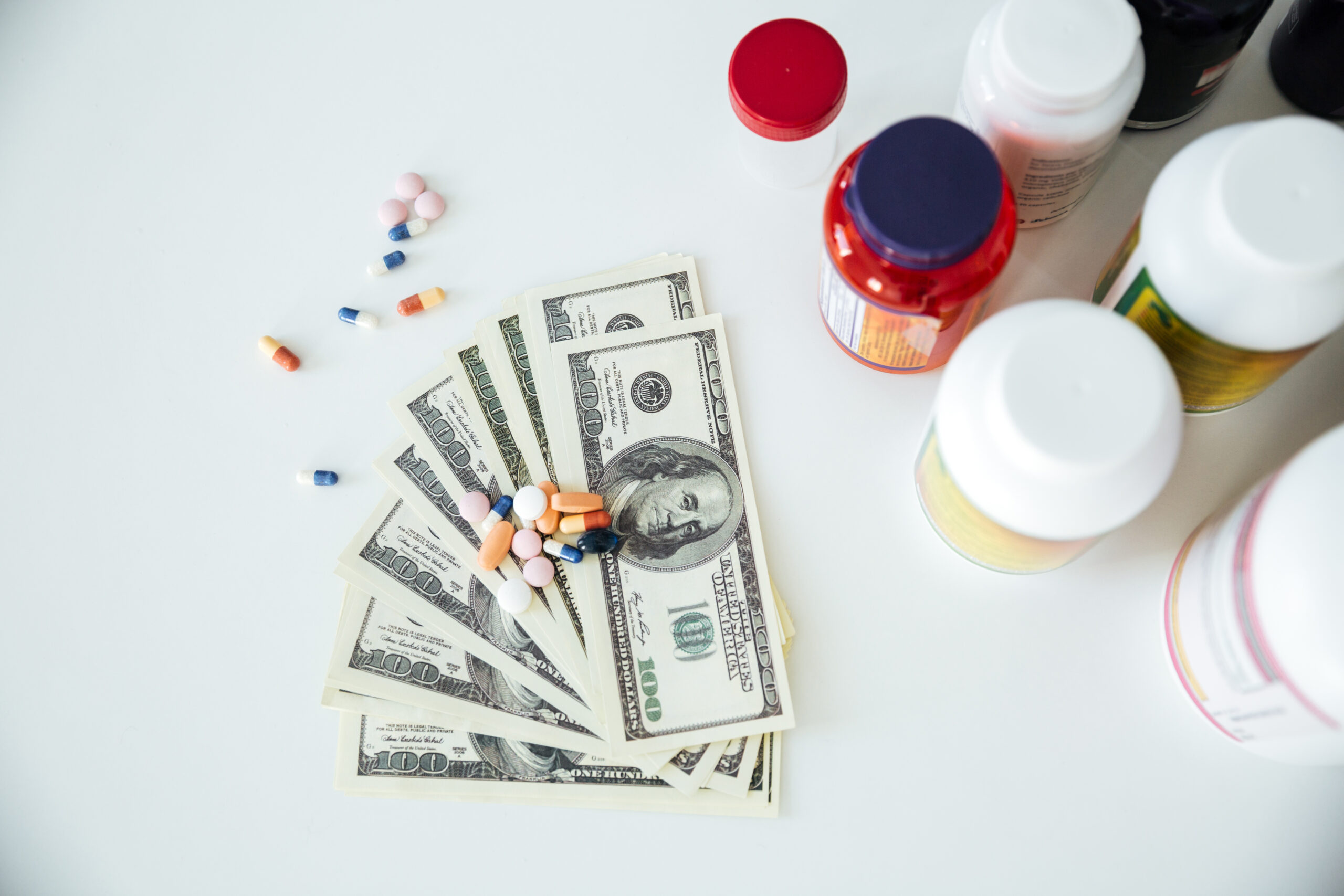On July 9, 2025, former U.S. President Donald Trump announced plans to impose import tariffs on pharmaceuticals, saying the rates could go as high as 200%.
This is serious news for countries like India, which is a major supplier of affordable medicines to the U.S. In FY25, India exported nearly $10 billion worth of pharmaceutical products to the U.S., which is about 40% of its total pharma exports. A sudden increase in tariffs could hurt Indian companies badly and also make healthcare more expensive for American patients.
In this blog, we explain how Trump’s proposed tariffs could affect India’s pharma industry, the global medicine trade, and what companies and governments can do about it.

A broad consensus among leaders urges careful consideration of pharmaceutical tariffs, citing risks to patients, supply chains, and innovation.
Pharmaceuticals Under Review in U.S. Trade Policy Shift
Trump has always used import tariffs as a tool to protect U.S. businesses and reduce dependency on foreign goods. After already increasing duties on steel, aluminium, and now copper, he now wants to focus on semiconductors and pharmaceuticals.
Speaking at a recent Cabinet meeting, he said that companies bringing medicines into the U.S. may face tariffs of up to 200%, but they will get one year to “get their act together” — meaning either move production to the U.S. or make other adjustments.
Though he didn’t name any specific countries, it’s clear that India and China are the main targets, as they supply most of the generic medicines and active pharmaceutical ingredients (APIs) to the U.S.
India – The Pharmacy of the World
India is known worldwide for its low-cost, high-quality generic medicines. The U.S. is India’s largest market, with pharma exports reaching $9.8 billion in FY25, up from $8.1 billion the previous year.
If a 200% tariff is implemented, Indian drugs could become too expensive in the U.S. market. This may force American buyers to look for more costly options from domestic or other global suppliers. The impact would be huge:
- Medicines in the U.S. could become more expensive
- Indian pharma giants like Sun Pharma, Cipla, and Dr. Reddy’s may lose market share
- Global pharma supply chains may need to be restructured
For Indian companies, which have worked hard to follow U.S. FDA rules and keep prices competitive, such tariffs are not just a trade issue — they are a serious threat to their business survival in the U.S.
Why Indian Drugs Matter to the U.S.
Ironically, the same Indian pharma sector that Trump wants to hit with high tariffs is critical to keeping U.S. healthcare costs under control. About 1 out of every 3 pills taken in the U.S. is made in India.
Indian companies also supply many essential and life-saving medicines — including cancer, heart, and diabetes drugs — at prices that are much lower than branded alternatives. These drugs support not just private buyers but also U.S. government programs like Medicare and Medicaid.
If Indian drugs become expensive due to tariffs, the U.S. healthcare system may face:
- Higher treatment costs
- Shortages of affordable medicines
- Pressure on government health budgets
At a time when the world is still recovering from COVID-related supply issues and inflation, this could create big problems for patients and hospitals alike.
One-Year Deadline: Chance or Challenge?
Trump has said companies will get about 12 to 18 months to adjust before the new pharmaceutical tariffs are applied. But his message — “get your act together” — sounds more like a warning than an opportunity.
What does this mean for Indian pharma companies?
- Should they open factories in the U.S. to avoid tariffs?
- Can they change their supply chains fast enough?
- Will India be able to negotiate special rules or trade exemptions?
Smaller Indian firms may find it hard to invest in U.S. manufacturing. Larger companies might look at buying U.S.-based plants or entering into partnerships with American firms to continue supplying medicines without facing huge tariffs.
BRICS and the Dollar: Another Angle to the Story
Trump also spoke about BRICS — the group of emerging economies that includes Brazil, Russia, India, China, and South Africa. He called BRICS “not a serious group” but admitted it’s trying to challenge the U.S. dollar in global trade.
He repeated his idea of putting a 10% tariff on all BRICS countries. This puts India in a tricky spot. On one hand, BRICS offers India a way to trade more with other large markets and reduce its dependence on the West. On the other hand, the U.S. is still India’s most profitable pharma customer.
If India shifts more toward BRICS countries, it could help in the long run. But in the short term, it might reduce earnings from U.S. exports.
What Could Happen Next for Indian Pharma
India’s pharma sector is used to handling global challenges — whether it’s U.S. FDA inspections, price caps, or supply chain shocks during COVID. But a 200% tariff on U.S. exports could cause widespread disruption.
Some likely impacts:
- Revenue loss: Since 40% of pharma exports go to the U.S., even a partial drop could reduce profits.
- Stock market impact: Pharma shares may see high volatility.
- Job cuts: Thousands of jobs could be at risk in India’s pharma sector.
- Market shift: Companies may try to focus more on Europe, Africa, and Southeast Asia.
What Indian Pharma Should Do Now
To deal with the risk of high U.S. tariffs, Indian pharma companies — along with the government — must prepare smart strategies:
- Set Up U.S. Manufacturing Units
Big players should explore building or buying plants in the U.S. This will help them avoid tariffs and maintain access to the American market.
- Find New Markets
India should grow its pharma exports to countries in Africa, Latin America, and Southeast Asia, reducing its dependence on the U.S.
- Invest in R&D
Firms should move beyond basic generics to specialty drugs, biosimilars, and complex formulations that bring better profits and are less sensitive to price wars.
- Trade Diplomacy
India must use platforms like Pharmexcil and the Commerce Ministry to engage in serious talks with the U.S. for exemptions, delayed implementation, or quotas.
- Strengthen BRICS Pharma Cooperation
India can work with BRICS nations to build a parallel pharma supply system through shared R&D, bulk procurement, or joint manufacturing.
Conclusion: A Warning Sign for Global Pharma Trade
Trump’s warning of a 200% tariff on imported medicines is a serious threat to global pharma trade, especially for India, which supplies a large share of U.S. generic drugs.
If such tariffs are actually imposed, they could undo years of progress in global pharma collaboration, raise drug prices in the U.S., and force Indian companies to completely rethink their global strategy.
The coming year is critical. Indian pharma must plan smart, act fast, and work with the government to protect its position in global markets — especially in the U.S., where it has built trust over decades.
While we must prepare for a more protectionist world, India cannot afford to walk away from the U.S. market just yet. Patients across both countries have too much at stake.





